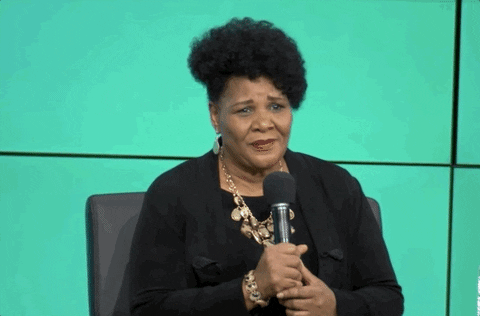Gender In The Workplace: How To Overcome The Challenges

As we face the economic consequences of the current pandemic, it’s a perfect time to reflect on where women stand in the workplace. A recession is predicted and women are expected to be the biggest losers. How much acceptance is there of women in top leadership? Has there been any changes in the barriers we face to fair representation in organizations? What should we know now, to successfully navigate gender and leadership challenges in the coming downturn?
Research compiled by the Academy of Management (AOM) on gender equality and women in leadership comes at an opportune time. It paints a prescient picture of where we are heading and provides guideposts of how we can overcome the challenges ahead of us.

The Current State
What does the AOM research report tell us? That there are systemic challenges for women in organizations. Let’s look at a few of the studies and what they mean for us.
Less access for women in leadership. Women and minorities get less support when they are appointed to the CEO position. Particularly from white men who tend to leave the organization when it happens. Meanwhile, the odds of a woman succeeding another woman as CEO are miniscule. Of the best-performing companies in the world, it only occurred once in 17 years. And while leaders do get the importance of having diversity on their boards, unfortunately, it’s simply tokenism. There’s a reason most boards on the S&P 1500 only have exactly two women. It’s the minimum needed to avoid bad publicity over lack of gender equality.
Low capitalto fund businesses. Yet another study confirms that while woman-owned companies account for nearly 40% of privately held companies in the USA, they only received 2% of total venture capital funding.
Men must provide more access. A study spanning over two decades does highlight pathways for women to secure the CEO position, but they all required male leaders to be more inclusive. This is unique, in a world constantly telling women to lean in. The research shows that it’s not about leaning in, women already do what they can, men need to help more women assume the CEO position. As one of the authors stated: “Male leaders need to step up because making firms more inclusive is very much in the hands of the leaders of these firms.”

What Does This Mean for Women?
It means there are still systemic barriers for women. No surprise given the dearth of women at the top and men need, to be on board to address these barriers. But according to current AOM member president, Prof. Jacqueline Coyle-Shapiro, women should still feel “quite a high degree of optimism” at these findings. They give women permission to focus on their careers and take agency over their advancement.
Her optimism is buoyed by the latest research showing that “conservatively, 25% of growth in U.S. GDP between 1960 and 2010 can be attributed to greater gender and racial balance in the workplace. The number could be as high as 40%.” Women and racial minorities in the workplace benefit our economy.

AOM Gets It Right
Shapiro offers up her own organization as an example. Over the last 20 years, the four most recent AOM member presidents have been women with the next president continuing the tradition. They also have a proportionate representation of men and women on their various leadership teams (Editorial teams, Division and Interest Group).
She attributes this to a few factors, the most important of them are evidence-based practices. As an academic professional association with six journals, members’ actions are guided by the findings of the research they produce. They enact these practices in governing. Organizations need to rely less on what the CEO and leaders feel is right and act more from what the research shows they should be doing. Evidence-based practices are much more influential in leveling the playing field than self-help or career advice books. The latter typically reinforces stereotypes.

Action Steps for Women
For women struggling to advance their careers in these tough economic conditions, here’s where the studies point us:
- Choose the organizations you want to work for: There are structural and systemic barriers that women and men need to work together to address. Look for those organizations that are addressing the issue and be intentional in finding work there. The biggest indicator of an organization like this – they have gender diversity in their leadership teams. In other words, they act and don’t just talk about the issue or engage in tokenism.
- Say, Yes: When an opportunity comes around and you’re unsure if you have the skills, capability, or credibility to do it, take it up. These findings tell us that you just have to say yes, even when you feel differently. Taking advantage of these opportunities is the only way to get ahead.
- Be Proactive: Choose mentors and sponsors that can get you access to the opportunities you need. They should be a mixture of men and women. These articles are a good place to start:

These studies release us from the myth that if you work hard enough and lean in you will be rewarded for your efforts with the position you’re going after or the funding you’re seeking. It frees us to be proactive in seeking out opportunities, mentors, sponsors, and the organizations that are working to address these barriers. It makes us trust our instincts and take smart risks. The result? We will no longer suppress our voices and put our own needs last.






